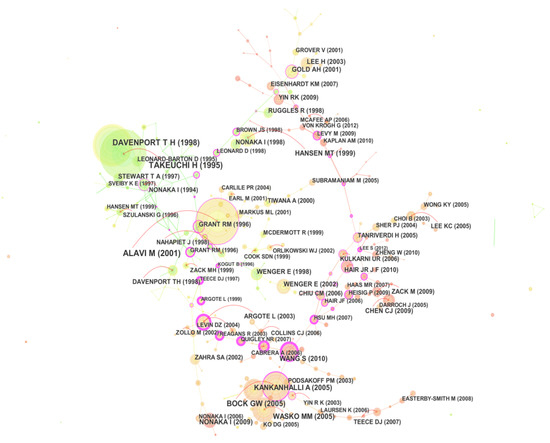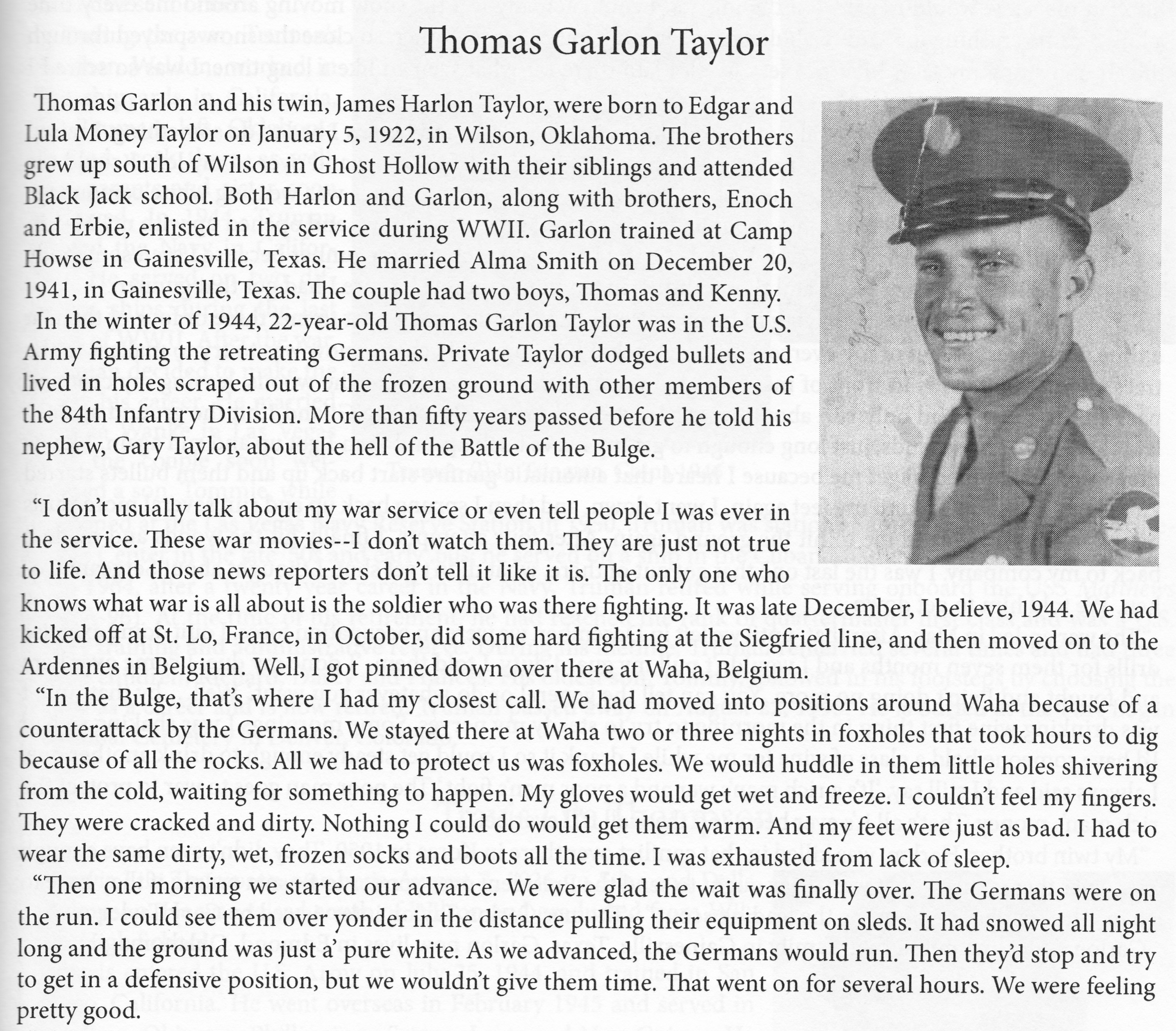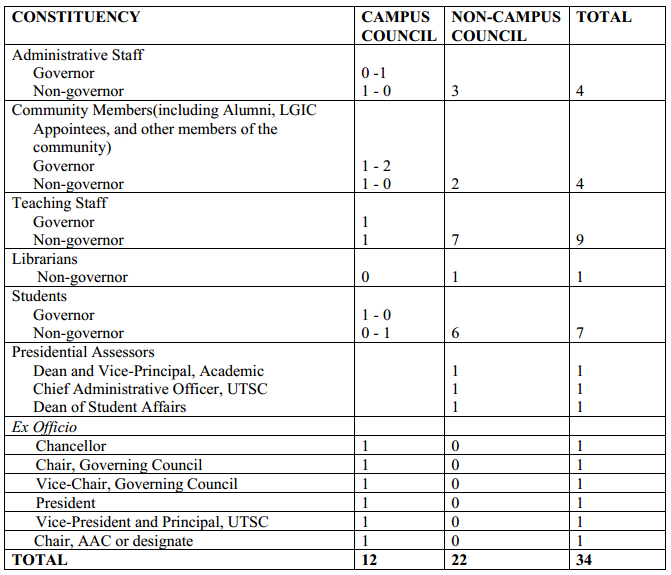KEY SIGNATURE CHART - deborah smith music.
The key signature tells you what that key is. Key signatures are used in order to make it unnecessary to fill up the staves with flats and sharps on many notes. Also, without a key signature, you would have to do some detective work to find out what key a piece is actually in. Each key signature represents two keys: one minor key and one major.
Key of C Sharp (7 sharps) Tricks to Remember Key Signatures Flats. For key signatures with flats, the key signature is the second to last flat. This is the key of E flat because E flat is the second to last flat in the key signature. This is the key of D flat because D flat is the second to last flat in the key signature. It is not the key of D because there is a D flat in the key. Therefore.

A key signature is a group of sharps or flats which are printed at the beginning of a line of music. It shows which notes have to be changed into sharps or flats. For example: if there is one sharp in the key signature it will be an F sharp.

This Key Signature Chart is designed to help you learn all the key signatures easily. It’s written with increasing sharps and flats. It’s essential for all musicians to memorize the key signatures.

The treble clef key signatures can be divided into two groups; the sharps keys and the flat keys. If you recall, the key signature is the area between the clef sign and the time signature. Since we are talking about all key signatures in treble clef, the key signature is found right after the treble clef sign.

Learn all the key signatures with this interactive key signature helper. Covers treble, bass, alto and tenor clef. All major and minor scales including harmonic and melodic.

Some instruments may play up or down through the octaves, in that case, the key signature tells you that all the other notes of the same letter, even if they are in other octaves, need to be sharped or flatted. The easiest key signature to know or remember is C major, which has no sharps or flats in its key signature.

A key signature is the collection of sharps and flats that determines the key of a piece of music. The key is the group of pitches that makes up the main major or minor scale that will be used in the composition. The key signature appears at the beginning of a line of music to indicate which notes must be altered from their original state to fit the key.

The lesson could not be displayed because JavaScript is disabled.

The bass clef key signatures have a lot of similarities with the treble clef key signatures. In bass clef, you will also find seven flat keys and seven sharp keys. When you add the Key of C (no flats or sharps), there is a grand total of fifteen key signatures.

For example C Major has no sharps G Major has 1 Sharp F Major has 1 Flat B flat Major has 2 Flats In a piece of music The key signature is put after the Clef (e.g. treble clef) and before the time.

The note after B is. The note before E is. The interval between C sharp and D sharp is a. Complete this B major scale in the bass. Write the correct letter names onto the keyboard. Remember the pattern of tones and semitones. Write the B major key signatures in the treble and in the bass.

The notes are B, C sharp D sharp, E, F sharp, G sharp, and A sharp. So there are five sharps, F, C, G, D, and A, when we put them in key signature order. But there's a shortcut, a version of which many musicians use. The last note of the scale, T, or the half step below the tonic is always the last sharp in the key signature. For B major, that.



